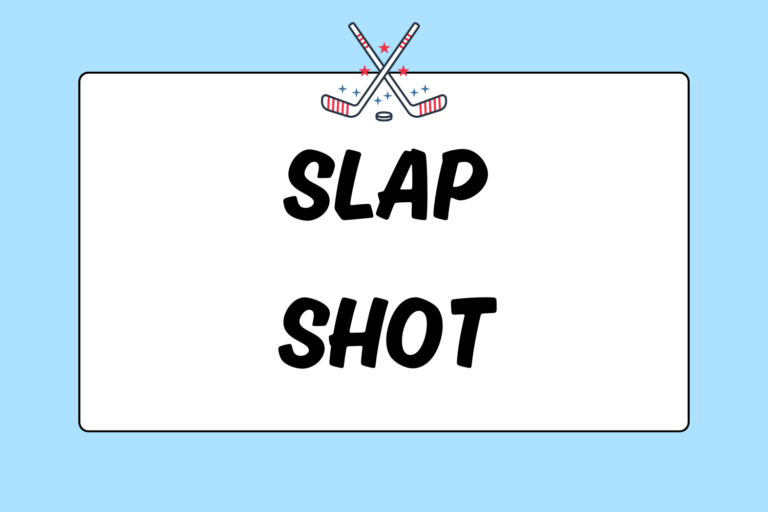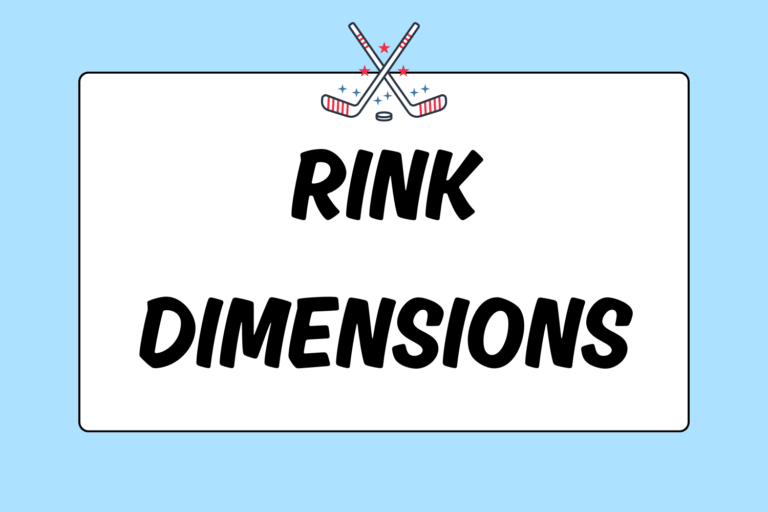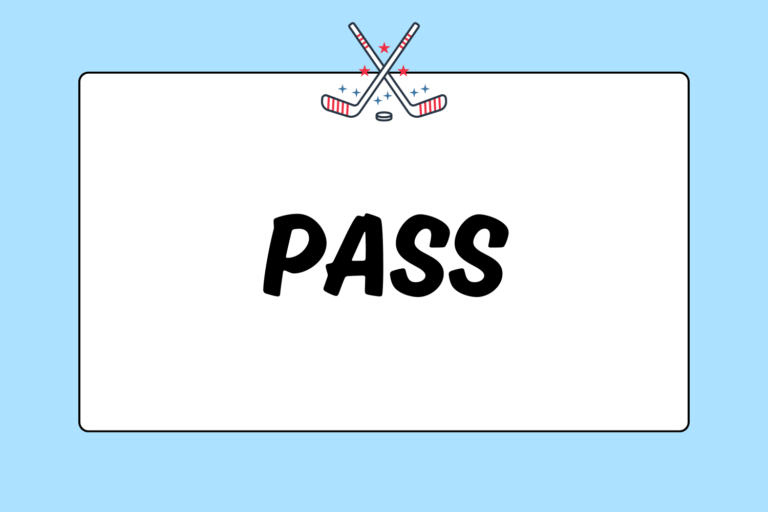Forget what you see on television—your team’s power play most likely will not look like as crisp or flawless as the ones executed in the NHL. Professional hockey teams fine tune their games throughout the season and master the one tool necessary for any power play: Patience.
While you may never have all the right skills, the necessary time, or the world-class teammates like the ones in the NHL, you can work on being more patient. That control will help your whole team be more careful with the puck, precise with passes, and controlled on the ice to ensure that each power play is as successful and productive as possible.
The Basics
The first thing to keep in mind when having a man advantage is exactly that – the opposing team has at least one less player on the ice than your team. Therefore, someone on your team is going to be open somewhere on the ice. The key is finding that open man and not panicking if the other team is doing a good job of masking their deficiency. Remember … patience.
Also remember to:
- Keep a forward stationed in front of the net to screen the goalie and occupy the attention of at least one of the other team’s defensemen.
- Don’t be afraid to pass the puck back to your defensemen. They will usually be more open than your forward linemates.
- Shoot low and into traffic. Fast shots are difficult for a goalie to stop, but the goalie is more likely to make the save if he can clearly see the puck – no matter how fast it’s moving. Because of that, the attacking team should wait for a screen to develop before taking a shot.
If there is one attacking player in front of the goal, there will probably be a defending player nearby, as well – and the more limbs and sticks between you and the net the better. Each object – whether it is a body, skate, or stick – is one more thing that might cause the puck to change direction, which in turn, will help fool or distract the goalie. A puck shot into traffic can do one of many things:
- Be deflected
- Ricochet
- Bounce
- Roll
- Pop out for a rebound
- Go straight in the net
So keep the puck down, no more than a foot or so off the ice, and aim for those sticks and skates.
Getting Set up
To take full advantage of a power play, you have to possess the puck in the attacking zone and expose holes in the shorthanded defense. There are essentially two ways to get set up in the attacking zone:
Skate the Puck in
- You need a quick, sure-handed forward to get the puck – usually from a defenseman – and skate into the neutral zone. The defending team usually won’t commit to a particular puck carrier too much, as it can’t afford the loss in coverage that the player might otherwise provide.
- If the defending team gives the forward a lane without any kind of trap tactic in place, he should continue to skate the puck into the attacking zone.
- Once in the zone, the forward will actually want to draw a defender as quickly as possible so he can then dish the puck off to a teammate and move into formation.
Dump and Chase
This is the strategy used by most teams:
- If there is any resistance in the neutral zone (or sometimes even if there isn’t any resistance), the puck carrier will fire the puck along the boards and into the zone as soon as he crosses the center red line.
- The first forward to enter the zone should immediately hustle behind the net to the puck. This is a key part of the play.
- At this point, a sturdy body check will most likely be needed to bump an opposing defenseman off the puck. At the very least, the first forward in needs to tie up the opposing defenseman behind the net.
- The forward has to check the defender long enough so that help arrives and the opposition’s down-a-man situation is exposed. The attacking team can then take full advantage of the power play.
Positioning
Whether it’s a one- or two-man advantage, a team’s positioning hardly changes during the power play. The players will still occupy the same basic spots in the ice. What does change, however, is where each player will pass and/or look to attack.
During the basic, five-on-four power play:
- The two defensemen will man the point on their respective sides of the ice. To have a good power play, you need a good power play captain, or quarterback (if you must). This is not the team’s actual captain. Rather, it’s a role assigned specifically because of this player’s skill level. The power play captain is usually a defenseman with exceptional play-making and puck-handling abilities. This player needs to constantly scan the zone and have a vision of where they and the other players should be positioned on the ice.The other defenseman should also be an excellent playmaker – and should have a howitzer for a shot. Point-to-point passes are the norm on power plays, and the captain will always look to hit his partner with the perfect pass to set up a one-timer toward the net.
- The wingers can basically ignore the “left” or “right” side of their position while on the power play. Positioning and a plan of attack are pre-determined for each power play unit.
- The biggest forward will usually occupy the front of the net.If and when a heavy shot is unloaded, it should (hopefully) move toward the big forward positioned in front of the net. This player acts as a screen/pest to the opposing goalie and defense. He should be big, strong and, most importantly, well-balanced to hold his own against the opposing team’s defensemen (who certainly will be very physical in this situation). This forward should also be opportunistic, with quick hands used to capitalize on rebounds.
- Another forward (usually the center) will be positioned behind the goal line, on the same side of the net as the play.The forward behind the goal line should be the team’s best passer. If he doesn’t have the puck, he should prepare for and predict his team’s next move. When he does get the puck, he needs to quickly deliver a tape-to-tape pass to either a forward or defenseman, who may be as far out as the point.
- The last forward should be positioned along the half boards (the area right around the hashmarks of the faceoff circle).Of all the players on the power play unit, this player must be the most patient in his role as liaison between the point and the playmaker behind the net. He is the only one on the power play who consistently makes passes to both forwards and both defensemen, and serves as a co-leader to the main power play captain. This player also needs to possess a great shot – more specially, a great wrist and snap shot.Because of the dual role as passer-shooter, the forward on the half boards also has to take the most risks and learn exactly when to pass, when to shoot, and when to go to the net.
Don’t Panic
No matter who you have at the different stations, the power play will not run smoothly if the team panics. Again, patience is the key. Remember that if one of the opposing players over commits toward the puck, he is essentially putting his team down another man. Your team must be in a position to capitalize on the advantage.





